Reseach
Earthquake faulting in subduction zones
Plate boundary subduction thrusts exhumed from seismogenic depths are expected to preserve information on subduction earthquakes. The Shimanto and Mino-Tamba accretionary complexes are considered on-land analogs of the Nankai Trough and Japan Trench subduction zones, respectively. We examine fault rocks including pseudotachylytes and ultracataclasites in these on-land accretionary complexes to deepen our understanding of earthquake faulting processes and mechanisms in subduction zones.
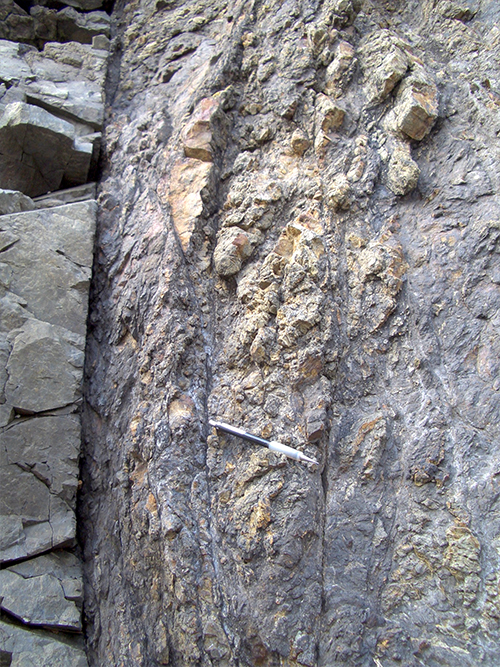 |
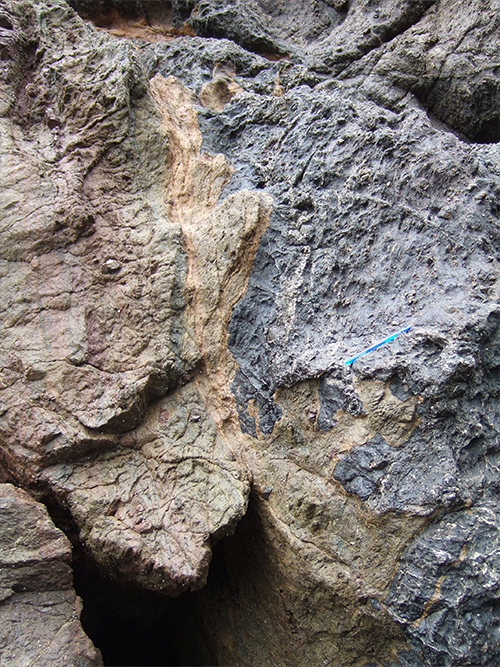 |
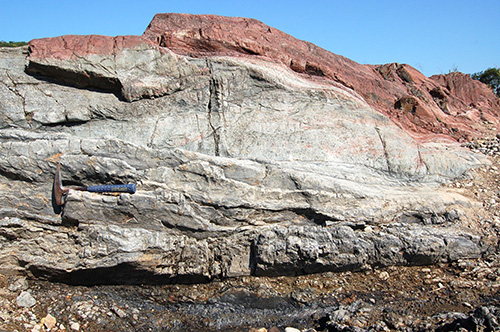
Drilling into seismogenic megathrusts
We are participating in seismogenic zone drilling projects, namely the Japan Trench Fast Drilling Project (JFAST), Tracking Tsunamigenic Slip Across the Japan Trench (JTRACK), and Nankai Trough Seismogenic Zone Experiment (NanTroSEIZE). The deep-sea drilling vessel Chikyu successfully drilled into the source area of the 2011 Tohoku-Oki earthquake and NanTroSEIZE plans to drill through the upper portion of the seismogenic zone in the Nankai Trough. We are investigating the processes and mechanisms of great earthquakes in subduction zones based on observations and analysis of recovered cores and high-velocity friction experiments on fault-zone materials.
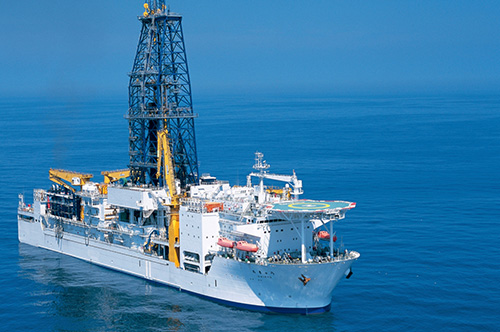 |
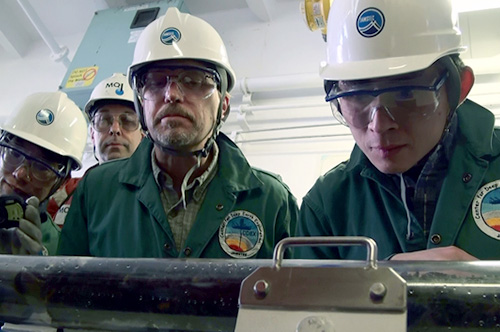 |
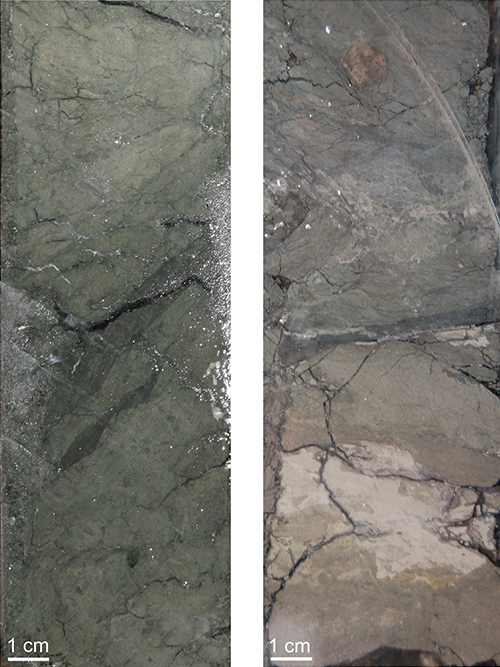

Geological fingerprints of slow earthquakes
Seismic and geodetic observations have revealed that slow earthquakes occur in subduction zones. However, the physicochemical processes responsible for slow earthquakes and the mechanisms of low-speed slip remain enigmatic. We are attempting to identify the geological fingerprints of slow earthquakes through studies of accretionary prisms and metamorphic rocks exhumed from the source areas of slow earthquakes. We are conducting fieldwork, microstructural observations, and laboratory analyses to clarify deformation mechanisms, rheology, and chemical reactions that affect slow earthquakes. This theme is being conducted as parts of "Science of Slow Earthquakes" and "Science of Slow-to-Fast Earthquakes" projects funded by the Japan Society for the Promotion of Science.
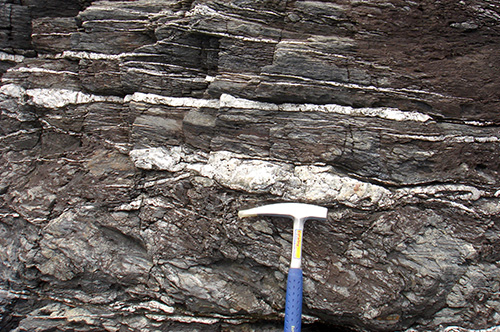 |
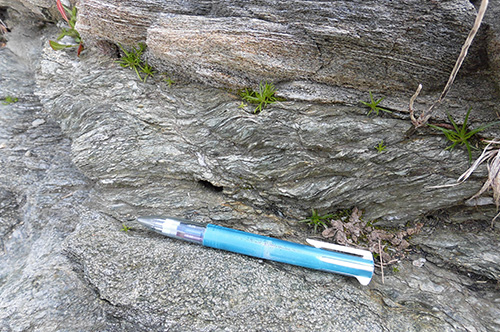 |
Deformation in accretionary complexes
Accretionary complexes develop through off-scraping, underplating, and out-of-sequence thrusting. We are investigating deformation processes and mechanisms recorded in off-scraped and underplated sediments in the Shimanto accretionary complex and the Nankai Trough in terms of structural geology and soil mechanics. In particular, we focus on the roles of fluid on deformation in accretionary complexes.
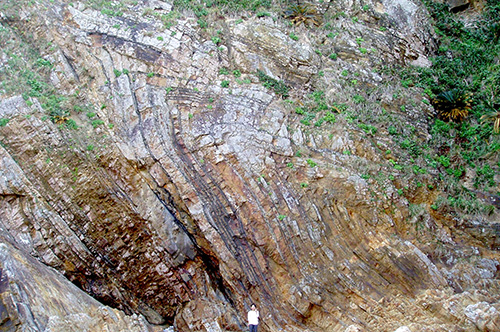 |
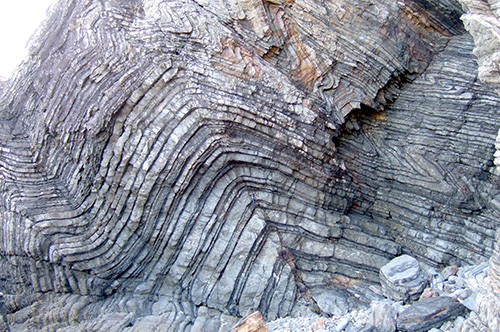 |




